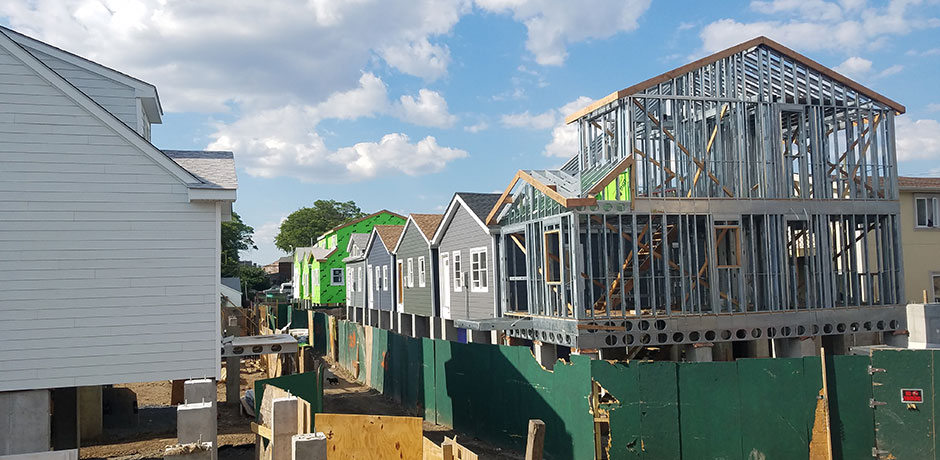[ RECOMMENDATION ]
4. Use
pay-scale systems or fee structures and establish insurance waivers based on
areas of need.
WHYStakeholders
shared that high annual insurance requirements required to become DOT Plaza
Partners or to become Concessionaires on DOT Plazas, and total annual fees
incurred to obtain multiple public realm activation and programming permits
across various City agencies, have become financially burdensome, particularly
in neighborhoods with small BIDs or none at all.
GOALS
︎ A User Experience
︎ B Long-Term Coordination
︎ C Inclusive Design
︎ D Collaboration and Communication
︎ E Support commerce and entrepreneurship
CATEGORY / TYPE
︎ Process / Regulatory Framework
︎ Funding
︎ Technical Assistance
︎ A User Experience
︎ B Long-Term Coordination
︎ C Inclusive Design
︎ D Collaboration and Communication
︎ E Support commerce and entrepreneurship
CATEGORY / TYPE
︎ Process / Regulatory Framework
︎ Funding
︎ Technical Assistance
HOW TO IMPLEMENT
To ensure the equitable distribution of public realm maintenance, programming, and activation, the City’s “Public Realm Working Group” (see earlier recommendation) should refine NYC DOT’s Street Plans geographic “areas of need” to include neighborhoods or communities that feature nonprofit organizations with small operating budgets, and/or have, in the last five years, received limited City funding, partnerships, and resources for the management and activation of the public realm, and therefore are in immediate need of subsidies and fee waivers to continue providing public realm activations and programs.
To ensure the equitable distribution of public realm maintenance, programming, and activation, the City’s “Public Realm Working Group” (see earlier recommendation) should refine NYC DOT’s Street Plans geographic “areas of need” to include neighborhoods or communities that feature nonprofit organizations with small operating budgets, and/or have, in the last five years, received limited City funding, partnerships, and resources for the management and activation of the public realm, and therefore are in immediate need of subsidies and fee waivers to continue providing public realm activations and programs.
Case Study ︎︎︎ Case Study ︎︎︎ Case Study ︎︎︎

Build it Back Program
City of New York, NY
Although
the “Build It Back Program”
has faced some criticism and challenges, it has been one of few City programs
that has enabled the waiving of permit applications and fees. The Department of
Buildings waived fees for demolition applications and permits; new building and alteration permit
applications; permits to renovate or repair; records management fees;
electrical and plumbing applications (including limited alteration
applications); and associated work applications and permits (i.e. elevators,
sheds, scaffolds, construction fences) for homeowners and contractors in
geographic areas of need, i.e. regions affected by Hurricane Sandy.
WHO DOES THIS HELP
Commercial districts in underserved neighborhoods.
Commercial districts in underserved neighborhoods.
︎︎︎ Executive Summary
︎︎︎ Introduction
︎︎︎ The Brief/Challenge
︎︎︎ Understanding the Regulatory Landscape
︎︎︎ Sidewalks
︎︎︎ Streets
︎︎︎ Plazas
︎︎︎ Navigating the Current Regulatory Process
︎︎︎ Adapting to the Pandemic
︎︎︎ Introduction
︎︎︎ The Brief/Challenge
︎︎︎ Understanding the Regulatory Landscape
︎︎︎ Sidewalks
︎︎︎ Streets
︎︎︎ Plazas
︎︎︎ Navigating the Current Regulatory Process
︎︎︎ Adapting to the Pandemic
︎︎︎ Enhancing the City’s Approach to Public Space Management
︎︎︎ Recommendations
︎︎︎ Appendix
︎︎︎ Credits
︎︎︎Watkins Public Space
︎︎︎What’s Up, Jamaica!
︎︎︎ Recommendations
︎︎︎ Appendix
︎︎︎ Credits
︎︎︎Watkins Public Space
︎︎︎What’s Up, Jamaica!
